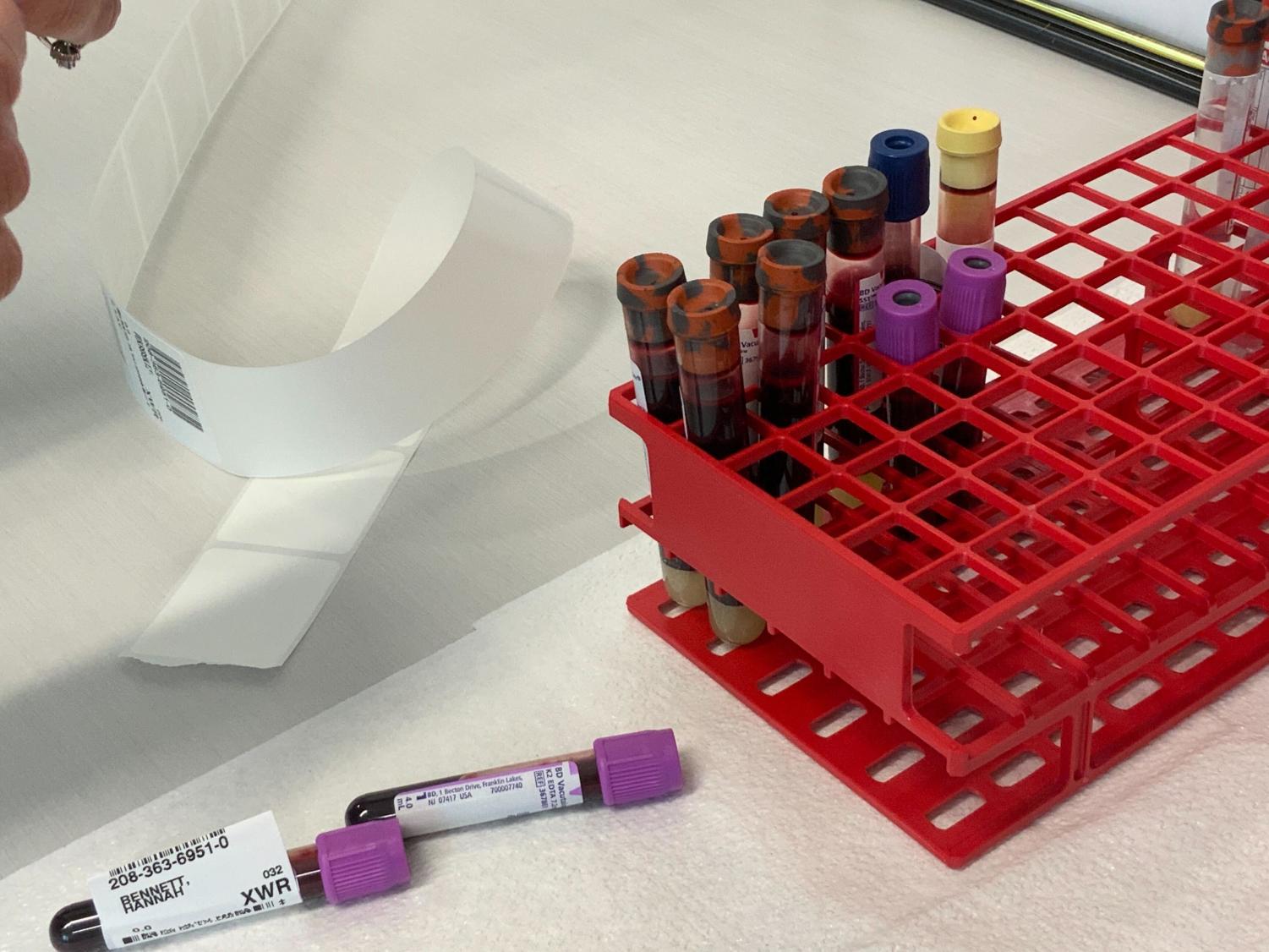Invisible pain, visible healing
My experiences with the US medical industry as a young woman in chronic pain
September 22, 2022

I struggled in various states of bodily decay for a decade before a medical professional was able to offer me any sort of clarity or possible path forward, despite my consistent and shockingly accurate descriptions of what I felt happening inside me. Why did it take me a decade of specialists, unhelpful treatments and significant decrease in functioning to begin to heal?
I am not sick anymore, but the reality is that my brain will never function in a way that can pass for “normal,” and I still work overtime to manage my body’s various chemical and systemic dysregulations. My laundry list of symptoms, however, has been reduced to a post-it. I am no longer in constant pain of assorted flavors, and, when I do everything correctly, I can usually trust my brain. I will not bore anyone with the dirty details of all the symptoms I was experiencing, but, if you Google CIRS cluster symptoms, I had every single cluster of symptoms and each symptom in each cluster.
There is no way for me to convey the experience of living those ten years, going to countless medical professionals who poked and prodded and examined me under a microscope and never fully considering or trusting my own understanding of my symptoms. I have been through so many kinds of medical tests and therapies, sweated through a paper gown on too many hospital beds and been prescribed about as many meds as your grandmother.
I have read hundreds of scientific articles related to my former symptoms, possible illness progressions and related chronic ailments. Despite the gravity of what my body was experiencing, the most consistent feedback that I received from the people I trusted to treat me was that I may be exaggerating the severity of my symptoms or even psychologically inducing them. The only rheumatologist in a two-hour radius remarked that at 17, the debilitating joint pain I had experienced for more than five years was “typical growing pain” when a single blood test for arthritis came back negative.
But I was right. When I told my doctors that it felt like my body was eroding from the inside out, that was literally what was happening. At some point, my DNA lost the ability to encode genes with the function of recognizing mold as a foreign substance. This was especially problematic as I grew up in excessively water damaged environments. Mold did the same thing inside of me that it does everywhere, it grew and repopulated and spread wherever it could, absorbing nutrients meant for my body and dismantling internal systems to halt my functioning.
I knew Dr. Caldwell was different when she told me bluntly,“You’re not ditzy, you’re just brain-dead. But don’t worry, we’ll fix it.
I filled out a 10-page digital questionnaire prior to my appointment with information about symptoms and my lifestyle that I never would have thought relevant. My first office visit was two hours, where Dr. Caldwell listened intently as I described what it felt like to live in my body, only pausing me to express outrage at how I had been dismissed before or to validate the severity of my symptoms.
Dr. Caldwell took 13 vials of my blood for various tests, sent me home with some extra sample-collection materials and within the month had created and begun implementing an effective treatment plan. Because of the nature of mold and its path in the body, it is a multi-step healing process and you begin with the most recent issue.
Through the summer of 2021, I worked through more than 12 different issues within my body, spanning from digestive enzyme production to methylation levels. Certain symptoms disappeared within a week of treatment, while others flared up significantly before gradually receding into oblivion. Within two (albeit, incredibly difficult) months, I was living a pipe dream of what I had hoped I might be lucky enough to experience again: a chronic-pain-free existence.
It is still not all sunshine and rainbows though. I am very susceptible to mold and inflammation in general and have to be extremely cautious. I am not unintelligent, but the chemicals in my brain are no longer naturally well-regulated, and I have experienced a significant amount of structural damage.
I know how reductive my thinking can become, especially when I am not careful to manage inflammation. I have permanent damage in other organs too and a load of trauma from the way my body was tortured while I was powerless and lacked the support system to protect it. I don’t delude myself on how lucky I am though.
It stresses me out whenever I hear about experiences with chronic health issues: the idea that others could be struggling in vain with issues that have implementable solutions. I am not a doctor, I could not even handle being a STEM major, but I believe we can do better. I am very grateful that I had the resources to continue seeing professionals and pushing this issue with my health and grateful I was able to see a functional medicine doctor. But the reality is these opportunities are not accessible or realistic for the vast majority of people in our country. As an English speaking, upper middle class white woman from an educated family, I was likely taken more seriously than an individual of another socioeconomic class or racial or ethnic identity might have been and it still took 10 years to get a sufficient answer.
As the rate of chronic health issues in our country continues to rise, it is my hope that we look a bit deeper for solutions and cultivate a respect for and awareness and understanding of the complex functions of our anatomy.


























































































